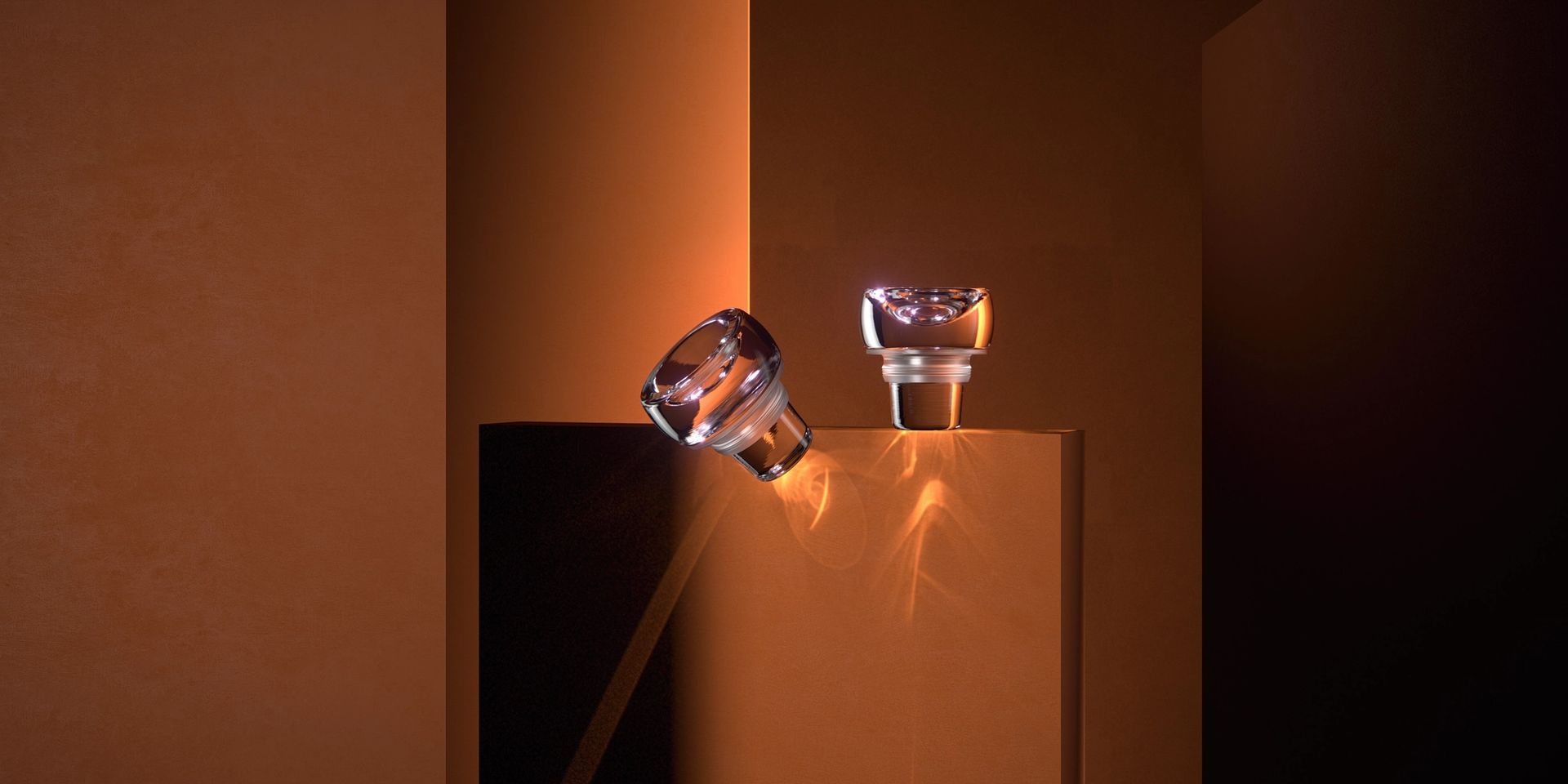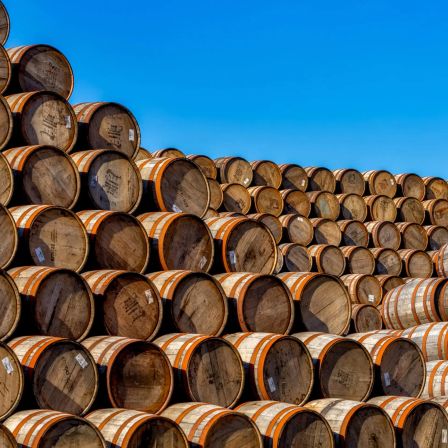- Insights
Screw it! Does the closure on your bottle actually matter?
From screw caps to glass stoppers, wine closures are evolving — but does what’s on top really matter? Tom Gilbey uncorks the stigma, science, and history behind what seals your favourite bottle.
- Words By Tom Gilbey
Why are most of the most expensive wines in the world bottled under cork? Why is it almost impossible to get a wine out of New Zealand with a cork in the top? What’s with these fancy new glass stoppers? Why are there so many different types of cork in the first place? And why do Penfolds bottle most of their wines under screw-cap but still send them under cork to the US? In short: what does the closure of your bottle of wine say about the wine itself? So many questions. And all of them underpinned by two words: stigma and history.
First, history. Until the mid 1970s, wine was really only bottled under cork. It’s been like that since some wizard Benedictine monk worked out how to bottle wine and seal it with a spongy, expanding cork back in the late 17th Century. (For the full story, read Oz Clarke’s magnificent book ‘The Story of Wine’.) Cork was plentiful and malleable. It sealed bottles effectively and, whether they knew it back then or not, it allowed a minute amount of oxygen through to allow the wine to develop. It’s also renewable: it’s the bark of cork trees that grows back every 9 to 12 years.
Then the 1980s came along, when bright, sciency wine people realised that a bacteria called TCA lived in and around corks, contaminating wineries and creating something called ‘cork taint’ that ruins wines. We humans are incredibly susceptible to cork taint — we can pick up between 2 and 5 parts per trillion of the stuff. But, sadly, many of us don’t know what it is we’re picking up.
It’s this last bit that’s key. If we don’t know what we’re picking up, we’re likely to just dismiss the wine as bad. Historically (and understandably) this has rather upset hard-working, dedicated winemakers who want us to taste what they’ve actually created as it was intended to taste. And so began the rapid rise of the screw cap.
I have a personal story to add in here. In 2003, I imported six pallets of Chardonnay and Sauvignon from a grower in Marlborough, New Zealand — and the whole lot was ‘corked’.
I was not alone in this very awkward situation. New Zealand seemed to have a real problem with this. WHY IS THAT? The next vintage came completely in screw cap and it’s no surprise that now, over 70% of wine bottled in New Zealand and Australia is under screw cap.
Whilst the screw cap has provided the lion’s share of competition for the cork, there are other contenders too. Take the Vinolock for example: a beautiful glass closure that minimises the risk of cork taint. It might lag behind the cork in romanticism, but what it lacks here it more than makes up in sleek design.
And then we’ve got the simple crown cap. This is what you would use to seal a typical bottle of beer, but it’s now also used widely for natural wines. It looks cool and garagey, and, as with the Vinolok, can suit the design and bottle shape of these wines a great deal better than a cork.
We’ve also got agglomerated cork, which is made by grinding out bits of cork, treating it, then sealing it together to create a cork that’s cork-taint free.
All of these closures have made rapid progress in emulating the cork: they allow a minute amount of oxygen to seep into the wine to allow for a ‘natural’ ageing process.
But would we buy a bottle of Chateau Cheval Blanc under screw cap, vinolok or crown cap? The simple answer is ‘no’ — and for two key reasons:
- We, the European and the US market — the traditional export market for these wines — want our traditional wines with a traditional closure. Which is where the ‘stigma’ part of the bargain comes in. But having said that…
- Cork is still the best. There have been many tests carried out over the years on closures, not least of all by Chateaux Margaux, and the results all show that, for serious wines that are made to age in bottle, top quality cork is unrivalled.
Come on in the Chablis lovely, Your new home of drinks.
Stay up to date with all the latest from House Of Decant.






